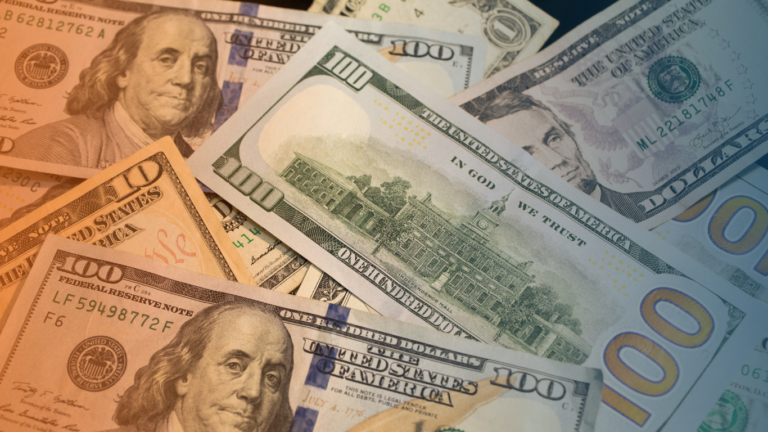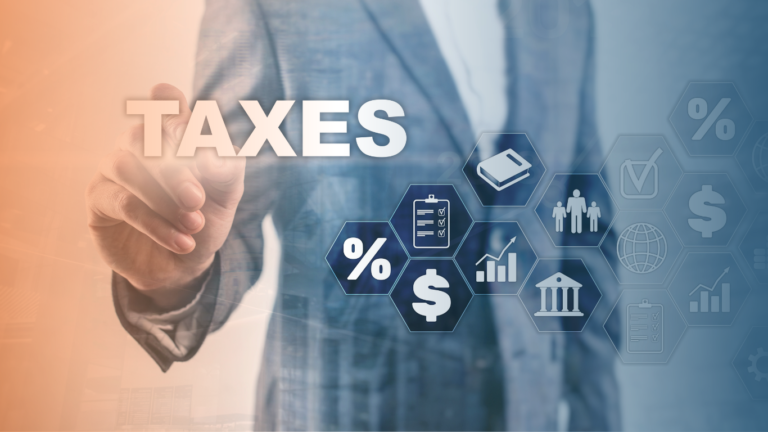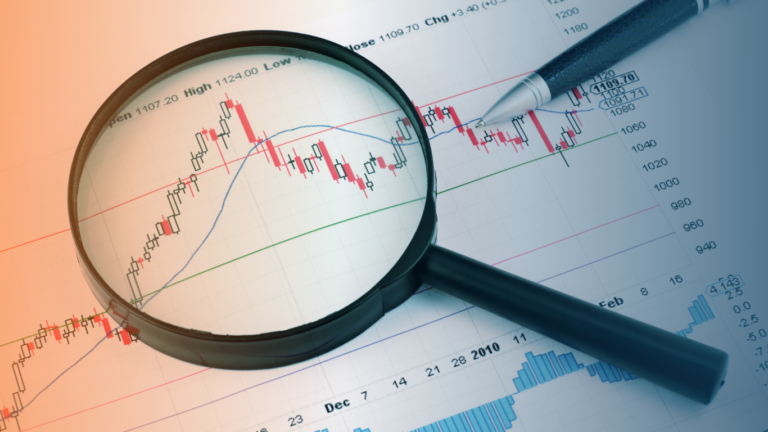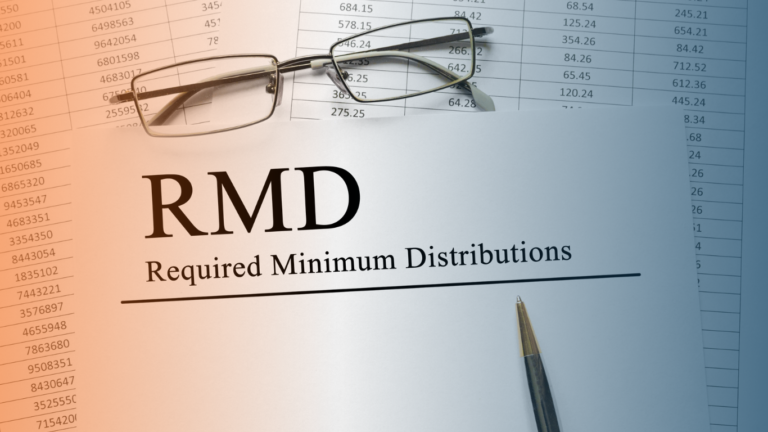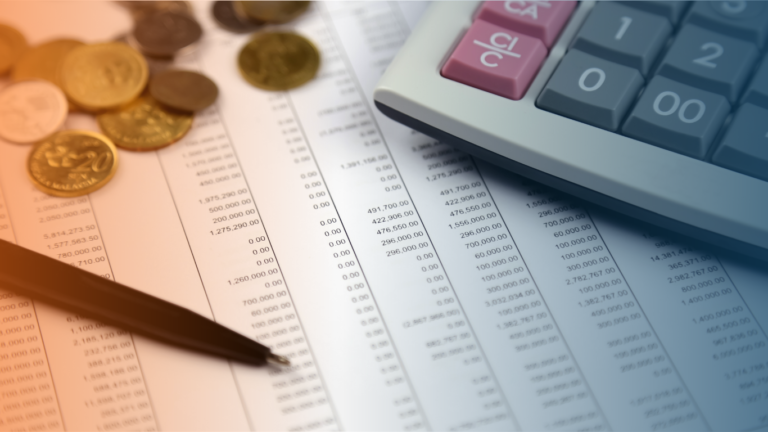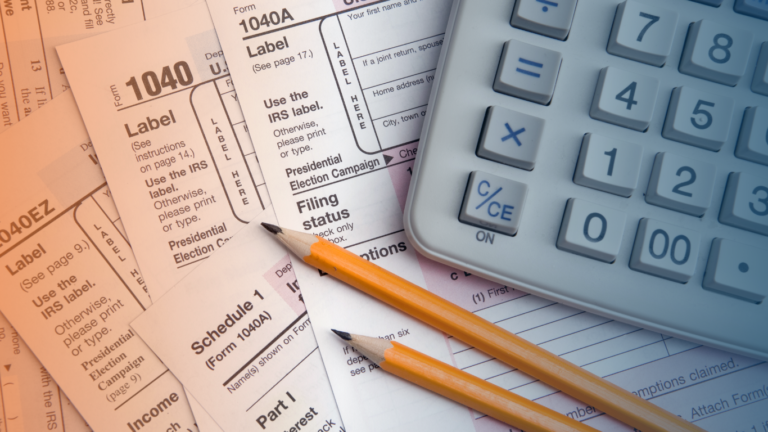EXPENSES BASED PLANNING
Today I’d like to address an area of planning that I think is extremely important, expenses based planning. As a business owner, the understanding of not only what expenses I have but what kind of expenses I have is important.
Before I continue, I would like you to know that this blog isn’t about budgeting, it’s about expenses and how to plan into the future by understanding your expenses as not just a business owner but as an individual.
Remember when we view our situation through the lenses of the IRS, we need to understand we are two separate beings so to speak.
We are a 1040 individual tax return and a corp return (depending on our entity structure). So when we are planning for the future we need to understand our expenses. And that’s why today, we will discuss individual expenses.
In my 18 years of working with business owners I have yet to find anyone go from working productively to all of a sudden when they transition to “retirement” or they all of a sudden flip a switch and stop spending money. They don’t slow down they just spend money on different things from when they were in their “working” years.
So when engaging in the planning process and income planning I focus on expense based planning. The reason is, your income in the future is based on your expenses but what if you have income that is more tax efficient and advantaged.
When focusing on expense based planning there really is one variable and that’s inflation, the cost of living increasing day by day. The national average versus local average are significantly different which does make this type of planning difficult due to the lack of information on local inflation numbers.
For example, gas prices and food prices in let’s say Southern California vary compared to Reno, Nevada or really anywhere else other than California.
With that in mind the inflation number can be adjusted to the clients and advisers agreement. Let’s jump right into some examples.
Let’s say you are 45 years old and spend personally about $10,000 a month or $120,000 a year. We are only going to focus on federal taxes in this example. This means when you gross up the expenses to estimate the gross income necessary to net the expense amount of $10,000 you need about $13,158 a month or $157,896 a year.
With this is in mind if I used the average inflation number of the last 30 years 2.65% then the same $10,000 a month expenses will grow to $17,778 at age 66 (in 22 years). That’s about a 56% increase.
Your gross income assuming a 24% current tax rate would need to be $23,393 a month. Here is what I meant earlier about probabilities and not really understanding what tax rates will be at in 22 years but we can better gage inflation especially since it is a lower rate that tax rates.
If you had savings in 22 years and you had the choice to withdraw $17,778 or $23,393 which would you choose. Of course everyone would choose the less because their main concern is not running out of money.
What if some or most of your savings was tax advantage and you didn’t have to pay as much taxes on that money would that preserve your savings amount. You bet.
You see the need to gauge and understand expenses?
Feel free to EMAIL US or Phone at 833-872-3762


